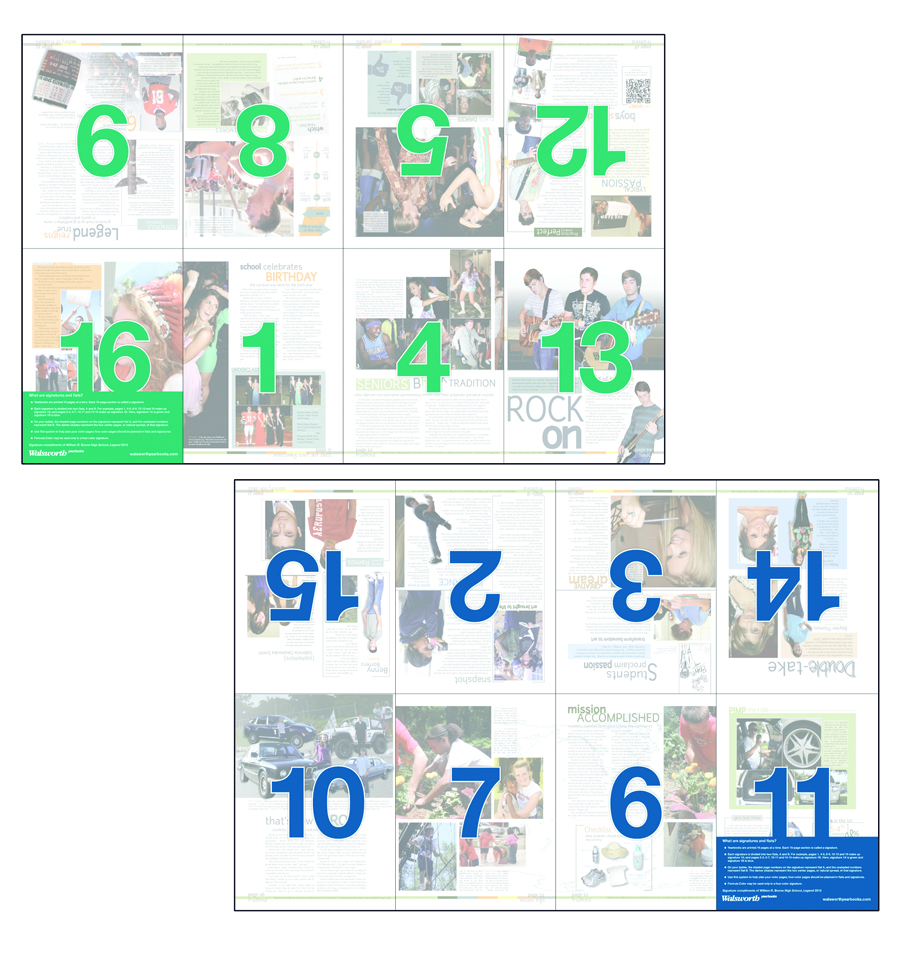Two seconds is how long the average reader will look at a spread before turning the page. So it’s the designer’s job to try to capture those wandering eyes by using attractive yet planned design. Filling the page with more pictures will not help a reader stay on the spread. What will help is the use of several interesting entry …
Submissions from three Walsworth Yearbooks schools have been named Finalists by the National Scholastic Press Association (NSPA) in its 2016 Design of the Year contest. Of the 10 Finalists named in the Yearbook Page/Spread category, three were from Walsworth. Michael Hamilton of the Hauberk staff from Shawnee Mission East High School in Prairie Village, Kansas, was named a Finalist for …
Editors and page designers need to consider many aspects of photography and design when selecting the right images for a yearbook spread. It’s about more than whether a photo is simply in focus.
Two yearbook advisers in different parts of the country came to that conclusion about the same time – Olga Martinez-Pagnussat at Our Lady of Lourdes Academy in Miami, Fla., and Jai Tanner at Franklin High School in El Paso, Texas. Previously, parents and students had great influence in how their personal ads would look in the book. At Our Lady of Lourdes, an all-girls school, the seniors would create their own collages, with photos that were scanned, grainy and too small.
Each section should have its own look. This look is created by designing elements that will be repeated on every spread in the section. This repetition makes the spreads in the section hold together. They become unified.
Yearbooks are made up of 16-page signatures, always beginning with a right-hand page and ending with a left-hand page. In the printing process, a signature is a large sheet of paper on which eight pages (a flat) are printed on each side. After both sides have been printed, the sheet is folded and cut so the pages are in book form.
This effect involves placing a single image across multiple frames.
Our yearbook concept is not new. We are following the workshop adage: yearbooks should echo the year, the school, the students. And yet, something is changing.
Mall crawling is an inexpensive means to collect ideas for yearbooks
Teens are familiar with their local mall — the location of their favorite stores, favorite eating spots and the best places to hang with their friends.
Each year, advisers and staffs work to develop a theme to unify their yearbook and make it a reflection of the school and students during that particular year. This is one of the most daunting tasks of the entire production process. Themes do not magically appear. It takes thought and hard work. And theme development itself has a process.



